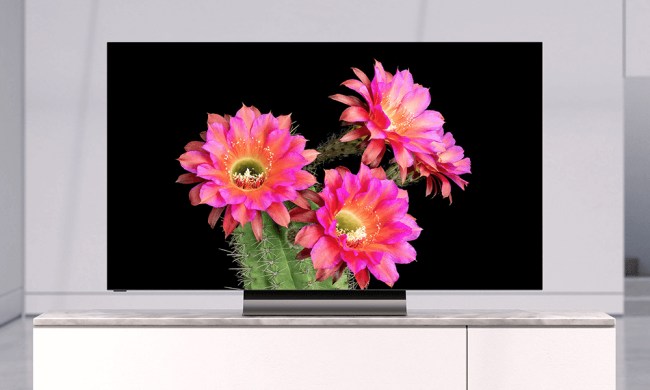
Sometimes you just need a really bright projector. For situations where pitch dark isn’t an option and ambient light will wash out weaker projectors, Mitsubishi introduced the FL6900U on Tuesday, a high-brightness projector for the commercial and educational use that throws off a blinding 4,000 lumens.
Besides that top-notch brightness rating, the FL6900U also projects images in full 1080p resolution, carries RS232 support for third-party control systems, an RJ45 jack for online control and management, and an array of different lenses for installations in widely varying venues. Mitsubishi recommends it for areas where light pollution makes it difficult to achieve perfect darkness, like sports bars, restaurants, hotel conference rooms, school auditoriums and corporate boardrooms.
The company estimates a lamp life of 4,000 hours for the projector, and it produces as little as 29 decibels worth of sound (in low mode) during operation. Because the FL6900U is meant to be installed in public places, Mitsubishi also includes a movement alarm that emits a 120 decibel shriek if thieves attempt to pull it down without using the proper key to disarm it.
The FL6900U will go on sale within a month through Mitsubishi dealers, where it will sell for $9,995.



